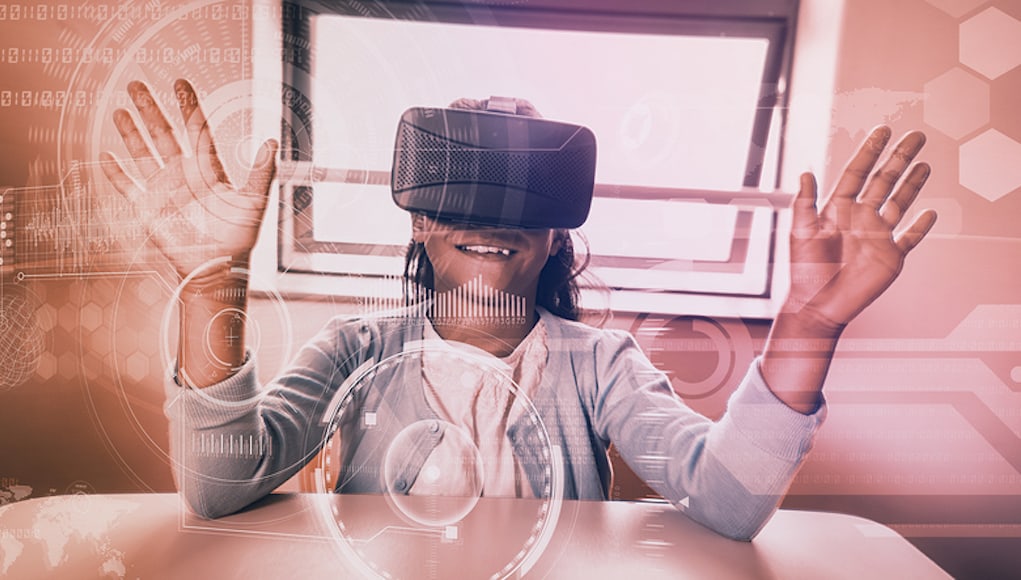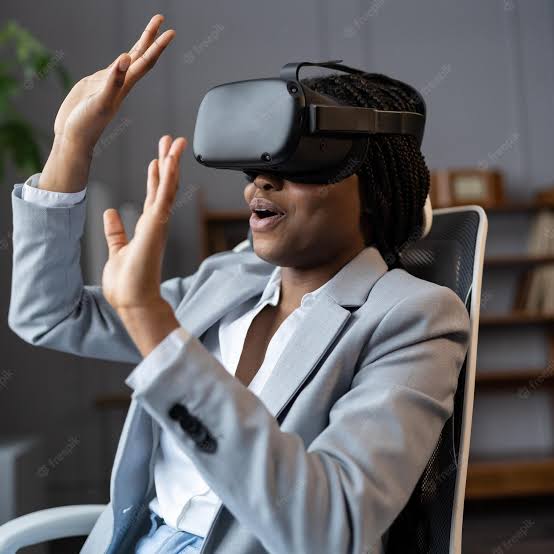Mapping out talent development strategies is one of the core competencies of forward-thinking Human Resource professionals. It is a viable way of building a high performance culture.
Effective talent development requires the use of learning platforms and management systems that align with global best practices. The undisputable need for talent management is a basis for the increasing demand for skilled and experienced professionals in the female dominated industry.
The 21st century workplace has witnessed the emergence of new technologies to optimise workflows and maximise talents. We have experienced the transition from manual to automated techniques. This is evident in the mode of data storage and management, recruitment method, sales and marketing techniques, among others.
Virtual Reality (VR) is one of the trending technologies of the decade. It uses corresponding auditory, motion, and visual cues to create a sensation of reality with respect to an intended matter or phenomenon
Virtual reality is one of the trending technologies of the decade and it uses corresponding auditory, motion, and visual cues to create a sensation of reality
Virtual reality requires the modelling of a 3D environment, with the intention of imitating a real life situation. This purposefully created 3D environment is then navigated using a Virtual Reality headset and wired or smart gloves.
Virtual reality has been used across an array of industries, including education, real estate, tourism and healthcare. It has also been proven as a viable tool for learning and development.
Oil and Gas giant, Shell Plc, uses VR training modules to take engineers on virtual geological field trips. According to Shell Global, this allows them to train for extreme events, such as major leaks or explosion.
This is a testament to the viability of Virtual Reality in the workplace.
Let’s take a journey into the practical ways HR professionals can leverage virtual reality for talent development:
Onboarding

A requirement for employees to be properly integrated into their new workplace is to be schooled in its structures and systems. It is essential that they have vivid understanding of their job roles and execute it in alignment with the organisation’s goals.
Many organisations have harnessed tools such as texts, books and videos to imbibe the spirit of the workplace in their newbies. However, these tools may not produce optimum impacts in some scenarios.
For instance, in complex organisations with various extensions, it takes more than the traditional training methods to create a compelling learning experience. A virtual tour into the various departments in the organisation and other prominent extensions will create a personal, memorable and interesting experience.
Also, with virtual reality, HR professionals with the aid of VR experts can create simulations of real work situations. This allows employees to learn at their own pace, enabling HR professionals to track employees’ current competencies and monitor progress accordingly.
According to online platform Workable, which provides recruiting services to employers, VR provides immersive, realistic job simulations and helps new hires familiarize themselves with their work environment and colleagues before starting the job, leading to better engagement and reduced anxiety.
Complex situations

Customised virtual reality training can also heighten employee preparedness for complex situations. This may include pacifying an aggrieved client, managing a theft situation, or dealing with sexual harassment in the workplace.
It can also be used to train sales personnel to manage customers during rush seasons such as religious celebrations.
“The great thing about VR is its ability to make learning experiential,” said Andy Trainor, senior director of Walmart U.S Academies. She says VR boosts confidence and retention. Walmart is one of the companies with successful cases of virtual reality use for customer success training.
Health and safety
 Virtual reality is a worthy investment for jobs where a lot of trainings are required. It is a useful training tool in high risk settings, such as work at heights, engineering, as well as oil and gas companies.
Virtual reality is a worthy investment for jobs where a lot of trainings are required. It is a useful training tool in high risk settings, such as work at heights, engineering, as well as oil and gas companies.
Its experiential feature allows employees to undertake risky ventures in a safe VR environment. This gives room for trial and error, allowing employees gain mastery of the task ahead.
Chemical and consumer goods company, Henkel created a VR training experience that educates employees about health and safety risks at the workplace. According to VRdirect, they are tasked with identifying potential risks.
Upon completion of a phase, they are expected to move on to the next environment. The infusion of games into the experience is what makes the experience interesting and successful.
An investment on virtual reality solutions will position your organisation as innovative, safety-conscious, and attract quality talents.


